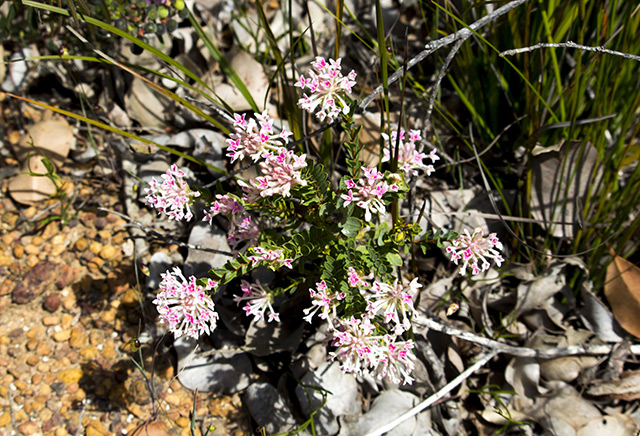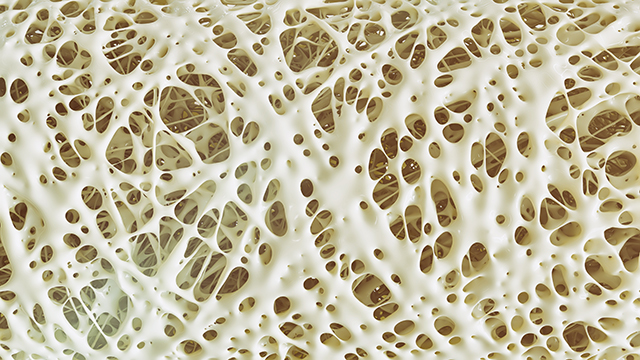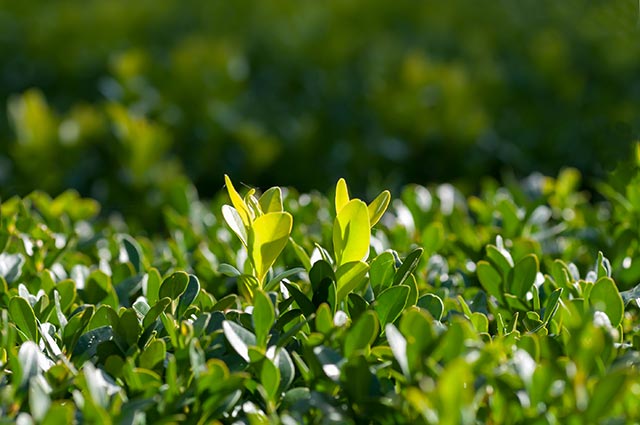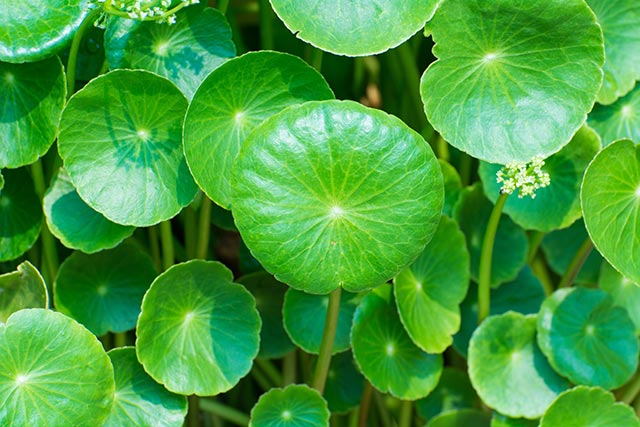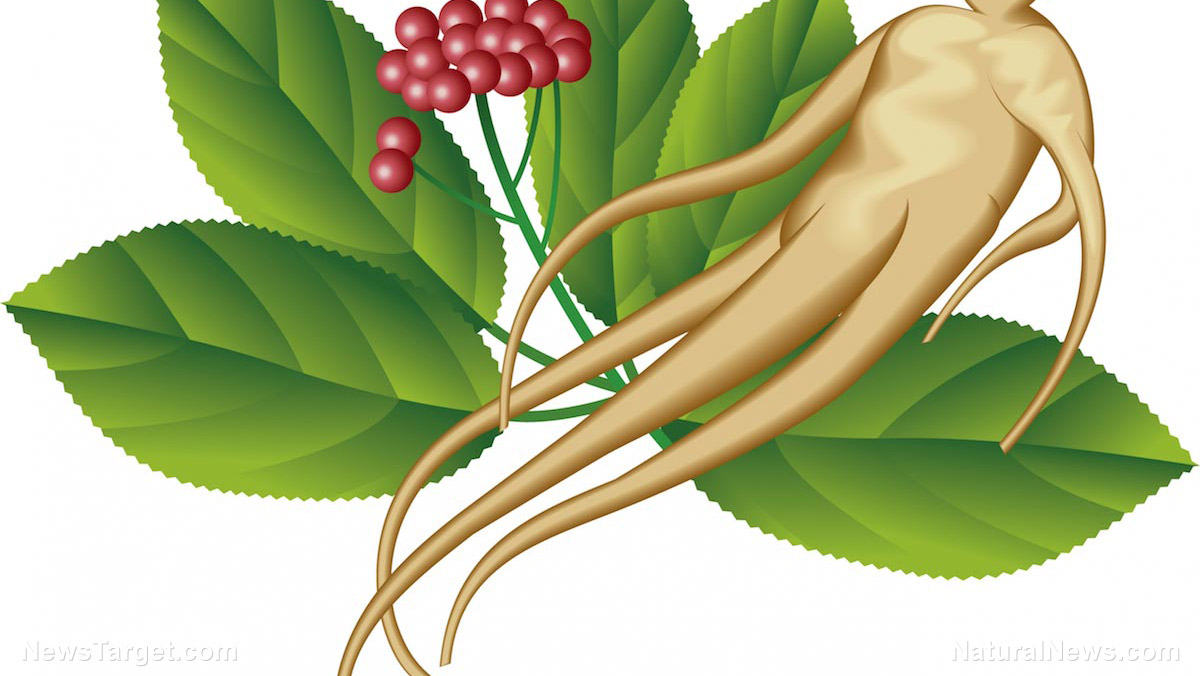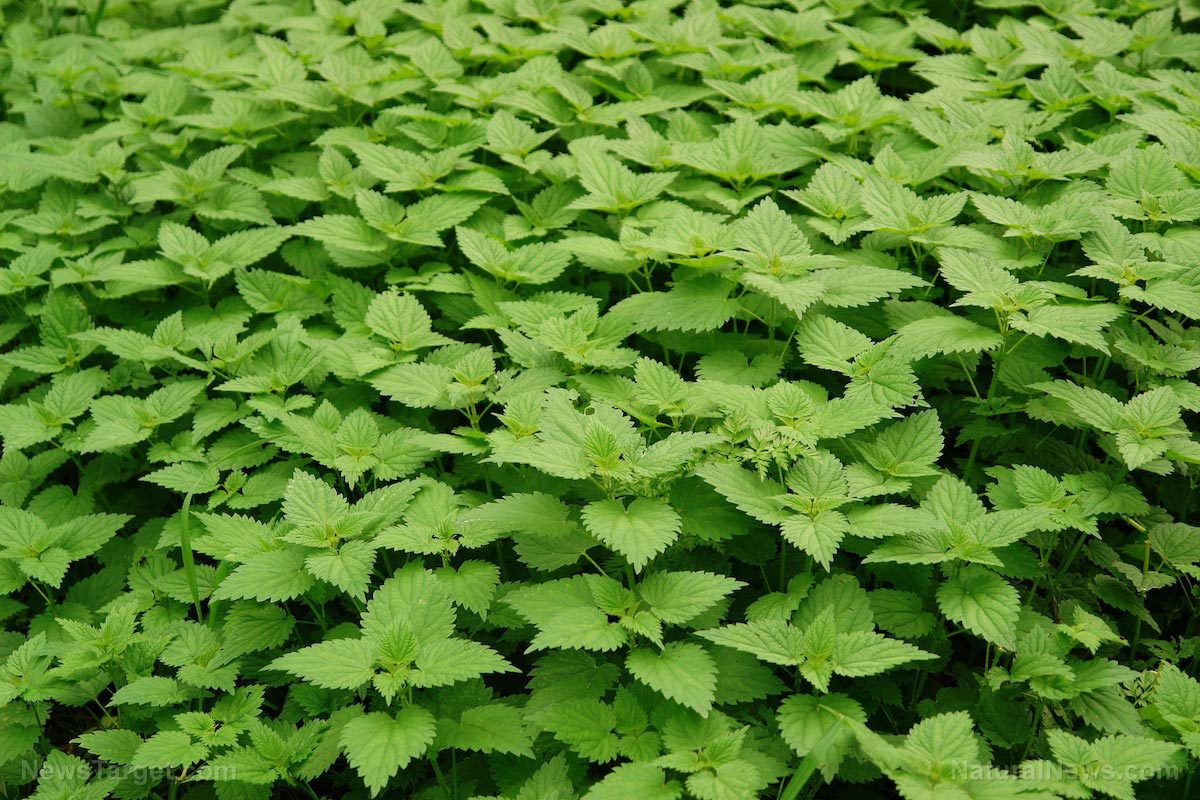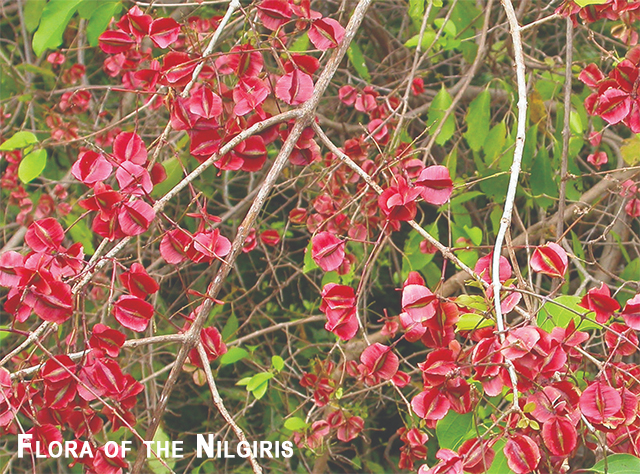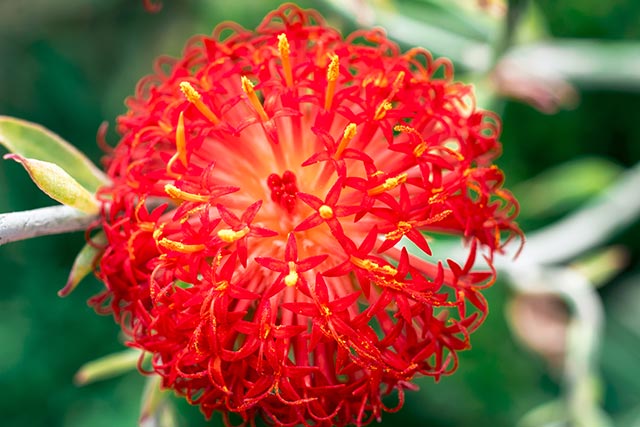A tropical plant native to Mexico shown to be effective at naturally killing bacteria
10/20/2018 / By Edsel Cook
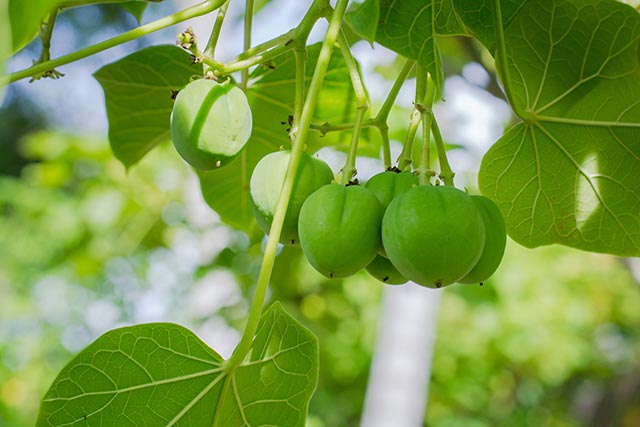
The jatropha (Jatropha curcas) is not limited to serving as a significant and sustainable source of biofuel. Moroccan researchers reported that the leaves of this perennial plant contain an essential oil that can kill microorganisms and scavenge free radicals.
Native to Mexico, Central America, and northern South America, the jatropha has spread across the world, having been transplanted as an ornamental and medicinal plant. It is considered to be an invasive species as it spreads quite easily and quickly.
It is not related to the castor bean (Ricinus communis). Despite the lack of actual relation, it is incorrectly known as the “castor oil plant” in Africa and many Asian countries. It is also known as the poison nut tree due to the cytotoxic properties of substances in its leaves and fruits.
In recent years, the jatropha has become an energy crop. It is cultivated for its seeds, which contain jatropha oil that can be turned into biofuel or biodiesel. Other parts of the plant can also be used in the production of biofuel.
A research team from Cadi Ayyad University (CAU) took a closer look at the medicinal properties of the jatropha. They believed that the essential oil in the leaves is a potential source of antioxidants and antibacterials. (Related: Nutritionists find a way to boost the nutritional profile of maize tortillas naturally.)
Testing the essential oil drawn from jatropha leaves
The CAU researchers acquired leaves from jatropha trees that were grown in the unique ecology found in Morocco. They processed the raw material to extract the essential oil. Various tests were performed to analyze the compounds that comprised this natural oil, as well as any antioxidant and antibacterial activity.
Tests using gas chromatography and mass spectrometry methods identified 39 compounds present in the essential oil from jatropha. The most abundant of these substances is delta-cadinene. An isomeric hydrocarbon found in many essential oils, it makes up 9.6 percent of the oil sample.
The second most abundant substance (7.38 percent) is alpha-epi-cadinol, a type of sesquiterpene. Other compounds of note are pulegone (5.95 percent), chrysanthenyl acetate (5.26 percent), alpha-cadinol (4.32 percent), and thymol (4.03 percent).
The antioxidant activity of the oil was measured in two ways. The 2.2-diphenyl-1-picrylhydrazyl (DPPH) scavenging test measured the oil’s ability to scavenge free radicals. Meanwhile, the reducing power test determined the oxidation potential, the maximum amount of free radicals that an antioxidant could neutralize.
After being subjected to these two tests, the jatropha essential oil was shown to possess moderate levels of antioxidant activity. The concentration achieved 50 percent inhibition (IC50) of free radicals at 314?micrograms per milliliter (mcg/mL) and 298?mcg/mL, respectively.
Antibacterial activity of jatropha essential oil
Finally, the antimicrobial activity of the essential oil was determined by applying different doses to cultures of pathogenic bacteria and yeast. Six strains of bacteria – both Gram-negative and Gram-positive – and three strains of yeasts underwent this testing.
The jatropha essential oil achieved the greatest effect on the yeast strains. The minimum inhibitory concentration (MIC) required to suppress the growth of these microorganisms ranged from 0.3 milligrams/milliliter (mg/mL) to 0.6 mg/mL.
Gram-positive bacteria and Gram-negative bacteria were also sensitive to treatment, with Gram-positive ones being more vulnerable to the jatropha essential oil. The exception was Pseudomonas aeruginosa, a common Gram-negative bacterium that causes infections such as pneumonia and sepsis.
Given the results of the experiment, the researchers concluded that the essential oil of J. curcas possessed compounds that scavenged free radicals and inhibited the growth of pathogenic microorganisms. These beneficial compounds could serve as a complementary means of managing bacterial and yeast infections.
If you are interested in other benefits of substances derived from medicinal plants, visit NaturalMedicine.news.
Sources include:
Tagged Under: alternative medicine, antibacterial, antimicrobials, antioxidants, essential oils, herbal medicine, Herbs, Jatropha curcas, medicinal plants, natural cures, natural medicine, plant cures


